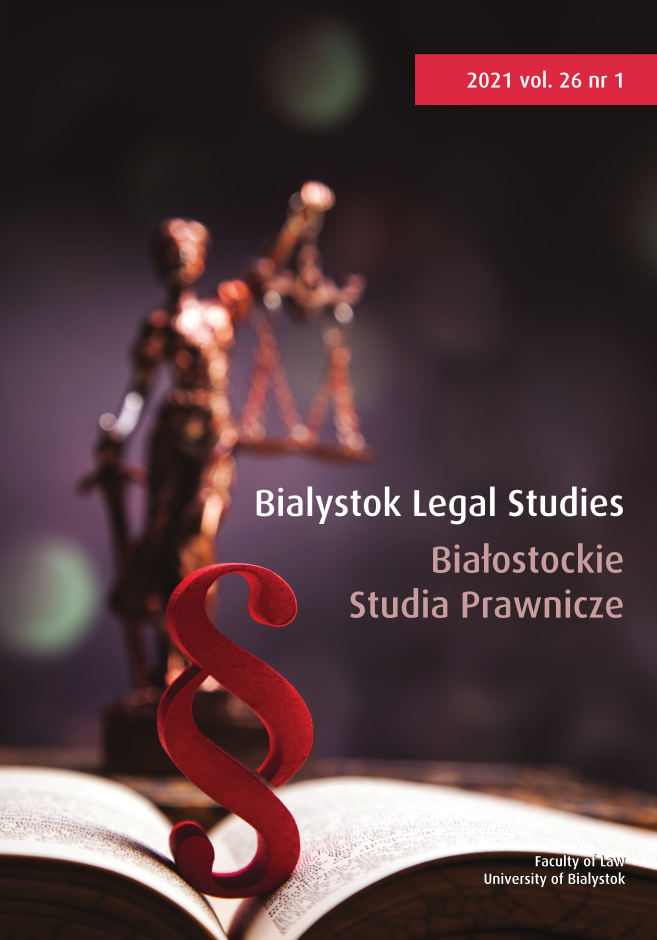The EU Member States’ Diverging Experiences and Policies on Refugees and the New Pact on Migration and Asylum
The EU Member States’ Diverging Experiences and Policies on Refugees and the New Pact on Migration and Asylum
Author(s): Elżbieta Kużelewska, Agnieszka PiekutowskaSubject(s): Law, Constitution, Jurisprudence, International Law, Human Rights and Humanitarian Law, EU-Legislation
Published by: Temida 2
Keywords: migration; refugee crisis; New Pact on Migration and Asylum
Summary/Abstract: The refugee crisis in 2015 revealed the lack of solidarity and the divergent migration policies of the EU Member States. It showed clearly that when faced with the problem of migration, the EU countries fail to cooperate and support one another. The EU Member States with more experience with migration coped better and were more open to migrants. The South European countries took in a huge inflow of migrants and expected (in vain) support from other EU members. The countries of Central and Eastern Europe were unwilling to receive refugees. These diverging approaches to refugees presented by particular Member States resulted in the New Pact on Migration and Asylum, which was adopted by the European Commission in September 2020. The purpose of the pact was to provide humanitarian aid to migrants, since one of the human rights is the right to migrate, but it was not its only objective. The New Pact on Migration and Asylum was supposed to be a guarantee of solidarity and efficient management of the migration process.
Journal: Białostockie Studia Prawnicze
- Issue Year: 1/2021
- Issue No: 26
- Page Range: 23-36
- Page Count: 14
- Language: English

